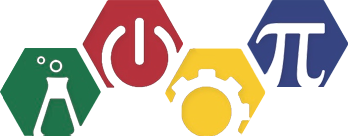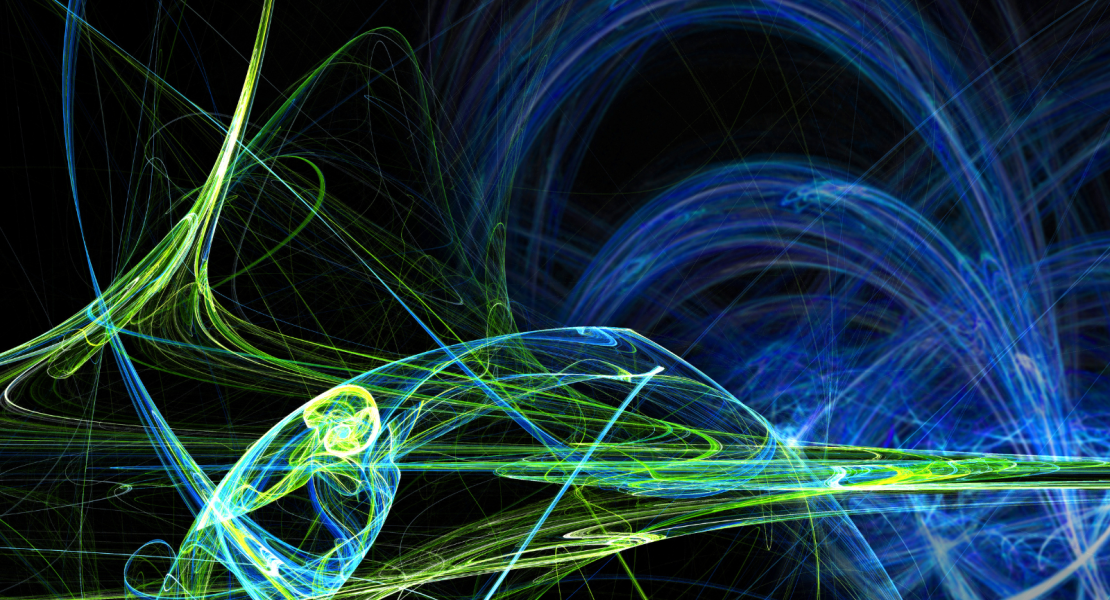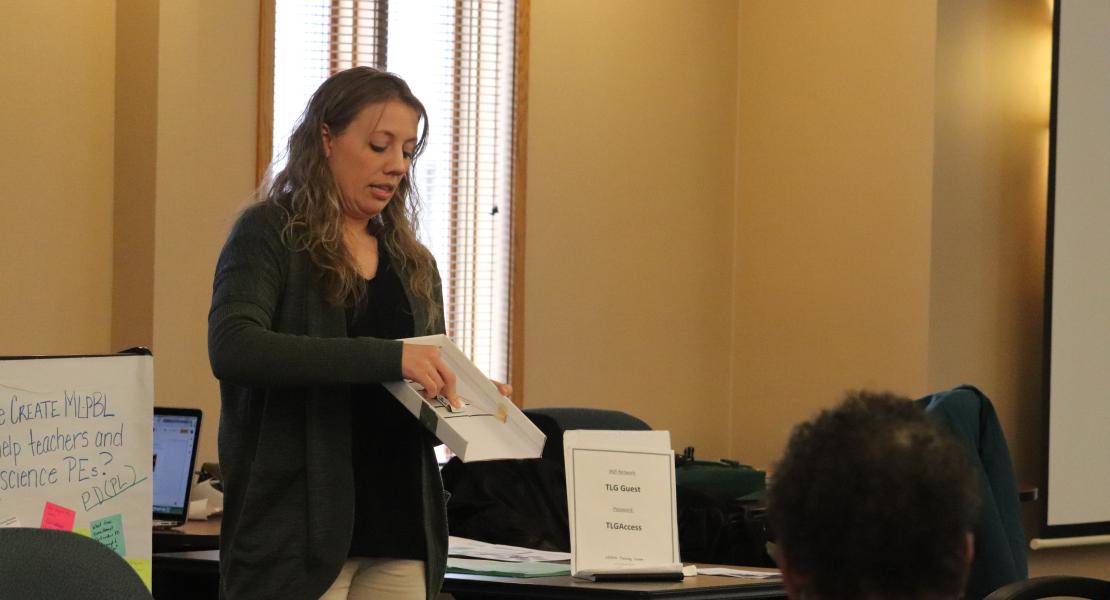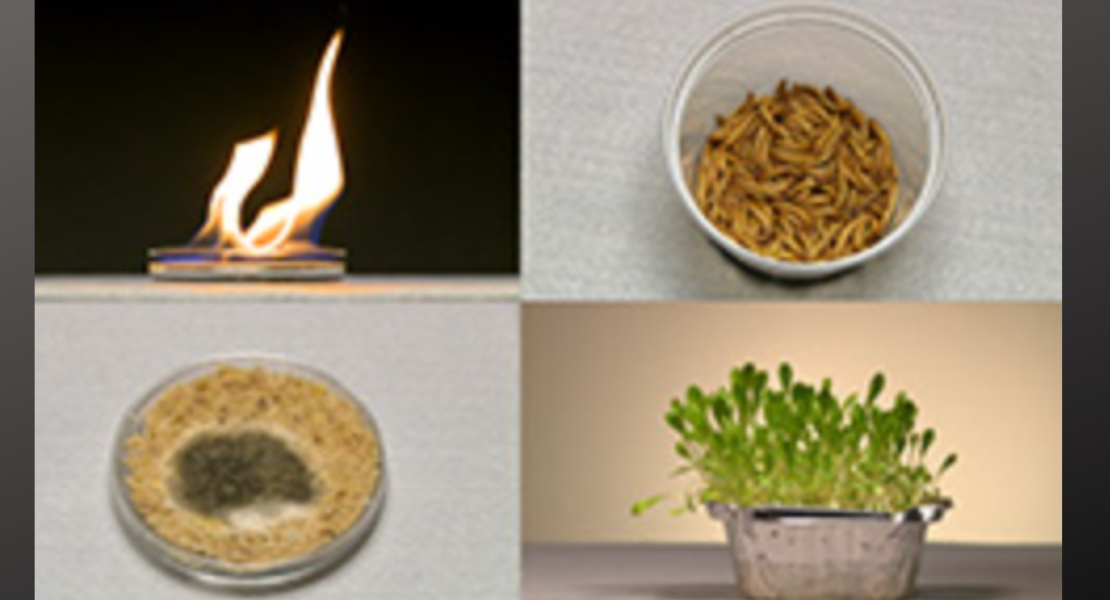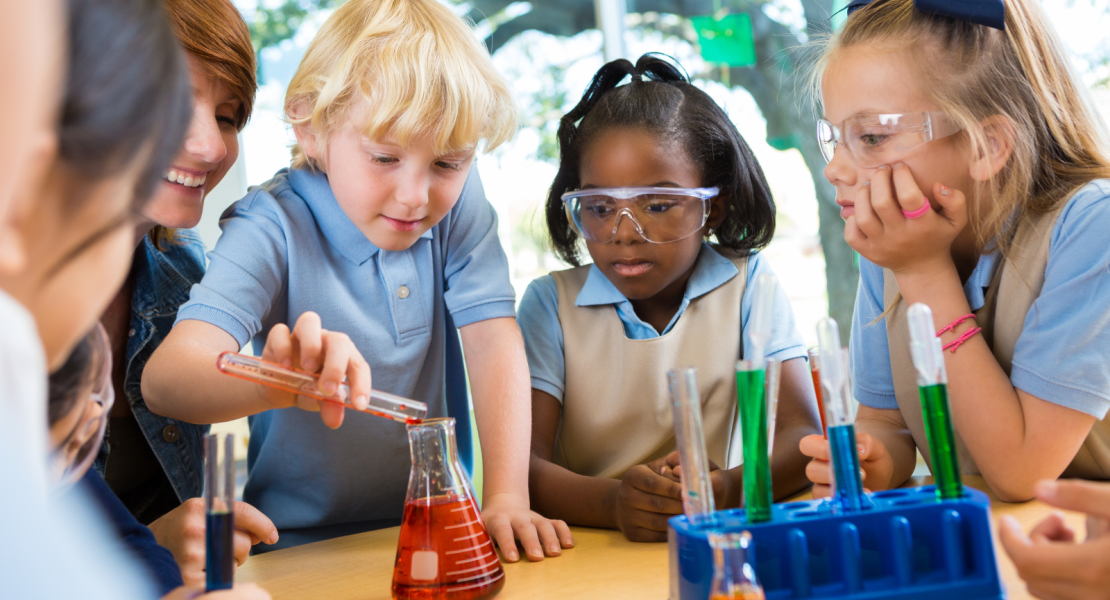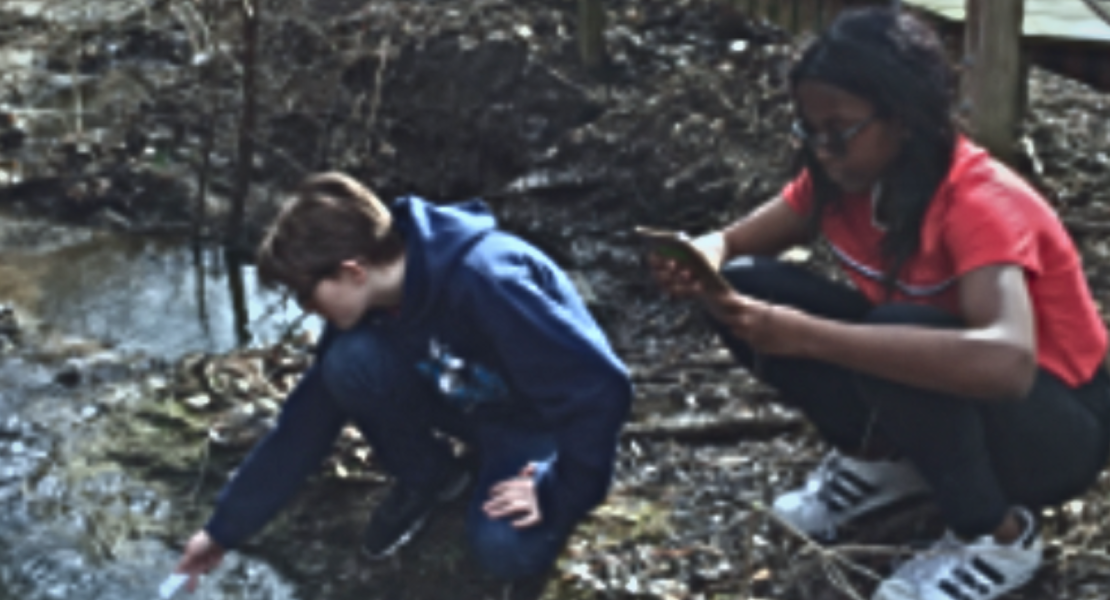Curriculum
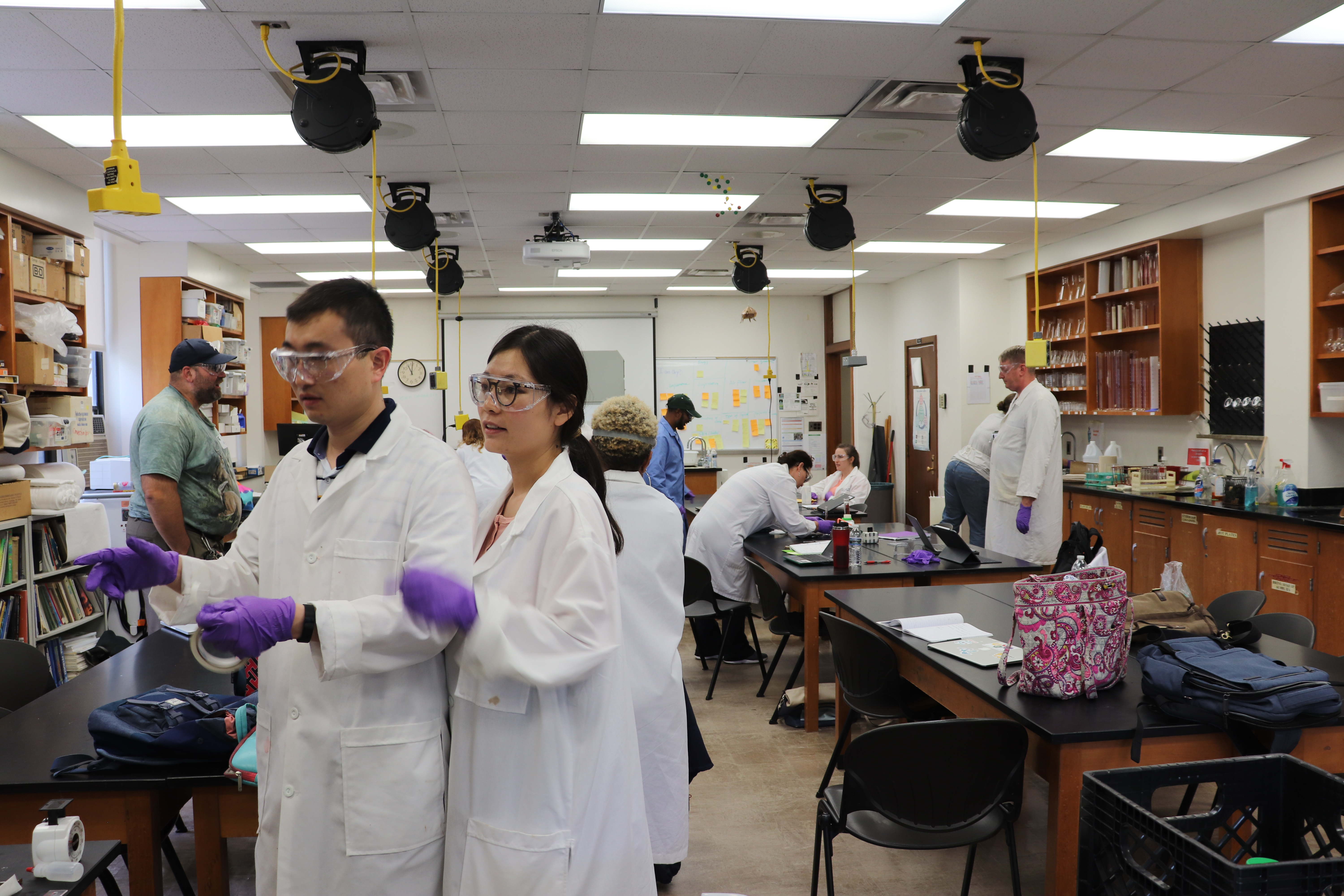
CREATE for STEM at Michigan State University provides research-based science curricula developed with funding from the National Science Foundation and other sources. These high-quality project-based learning materials are designed to meet Next Generation Science Standards (NGSS), have been piloted by dozens of teachers in real-world settings, and some have been rigorously tested for efficacy on large and diverse populations of students. CREATE and MSU provides these materials as Open Education Resources, free to use and adapt by teachers and schools.
-
Middle schoolThe Energy project was a four-year, $1.5 million project funded by the National Science Foundation (NSF). This project was a collaboration between CREATE for STEM Institute at Michigan State University, the Leibniz-Institute for Science and Mathematics Education (IPN) in Germany, and the Weizmann Institute of Science in Israel.
-
Interactions
Middle and High schoolThe Interactions curriculum introduces students to science as an endeavor, a process we engage in, rather than solely a set of discoveries by others. Through engaging in modeling and scientific explanation students explore curious aspects of the everyday world, discovering how the unseen world of atomic level interactions and energy transformations are responsible for much of what we observe around us. -
Multiple Literacies in Project-Based Learning
ElementaryThe ML-PBL Curriculum was built as part of research to test project-based, literacy-focused elementary science curriculum and teacher professional development. Our goal is to promote academic, social and emotional learning and equity in elementary students by using features of project-based learning and the three dimensions of scientific knowledge. -
Health in Our Hands
Middle and High schoolDesigned to meet the Next Generation Science Standards, Health in Our Hands connects the science classroom to the community to give youth and adults an understanding of modern concepts in genetics. Using project-based learning, students investigate public health concerns and use these real-world contexts to appreciate the importance of both genetic and environmental factors in their risk for diseases. -
Carbon TIME
Middle and High schoolCarbon: Transformations in Matter and Energy (Carbon TIME) is a science education program that includes publicly available teaching units, assessments, teacher professional development, and teacher networks based in local education agencies. Since 2015, 145 teachers and over 25,000 students from across the U.S. have participated in Carbon TIME. Evidence demonstrates that participating students achieve challenging three-dimensional learning goals consistent with NGSS. -
SOLID Start
Early elementaryThe SOLID Start project provides a unique opportunity for K-2 teachers to develop their professional skills by integrating science and literacy. Through the use of unit and daily driving questions, multi-modal investigations, read alouds, writing activities, and synthesis discussions designed specifically for young children, teachers can engage students with exciting units of study that build both oral language skills as well as an understanding of scientific phenomena. Teacher Tips provided throughout the curriculum offer support to ensure successful implementation.
-
Water Quality
Middle schoolThis middle school unit explores the driving question, "How healthy is our stream for freshwater organisms and how do our actions on land potentially impact the stream and the organisms that live in it?” The project-based learning unit utilizes three-dimensional (3-D) learning envisioned by the Framework for K-12 Science Education (2012) and further articulated through the Next Generation Science Standards (NGSS Lead States, 2013). It builds towards several performance expectations, integrates DCI’s from life and earth science, several crosscutting concepts, and many scientific and engineering practices.

